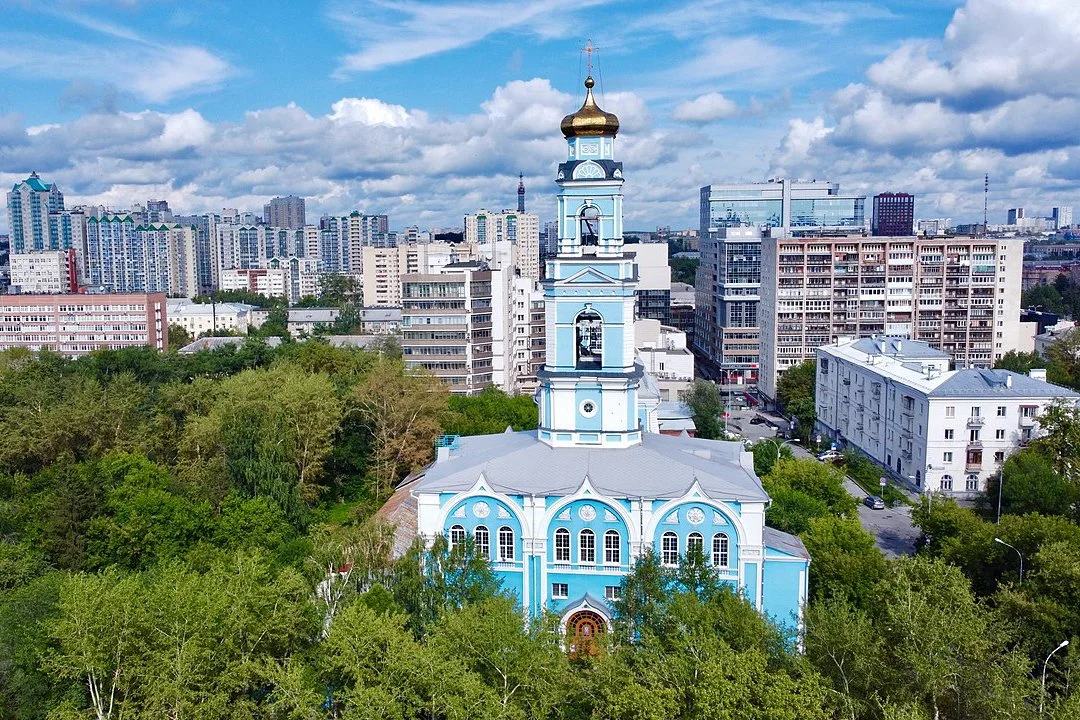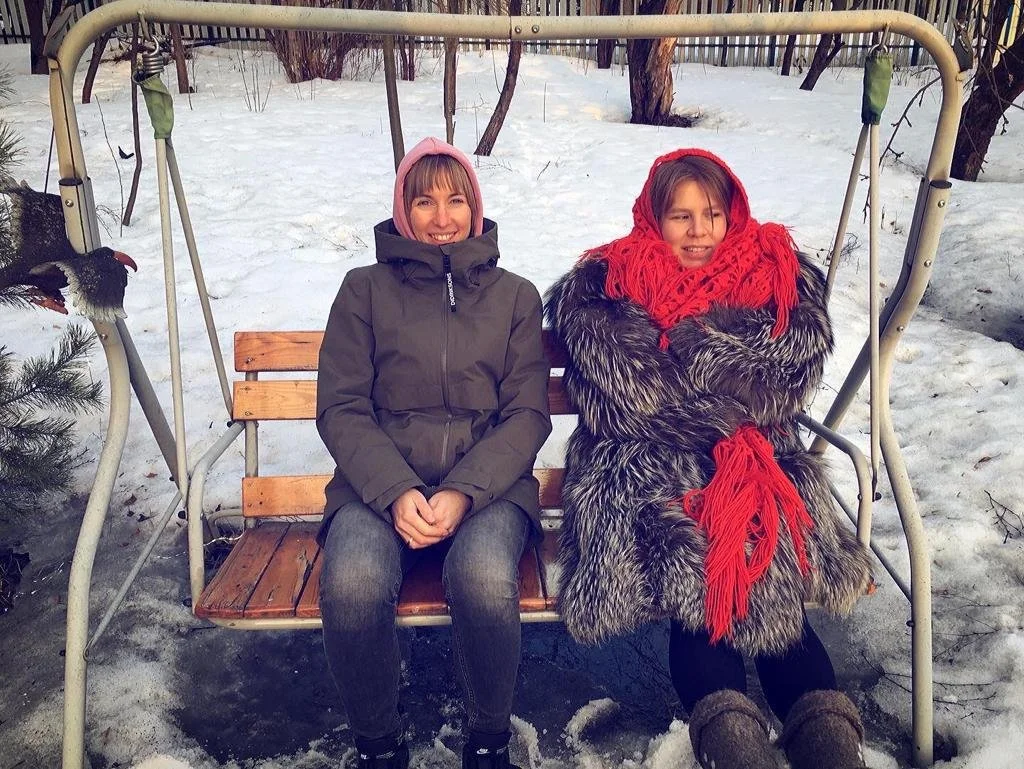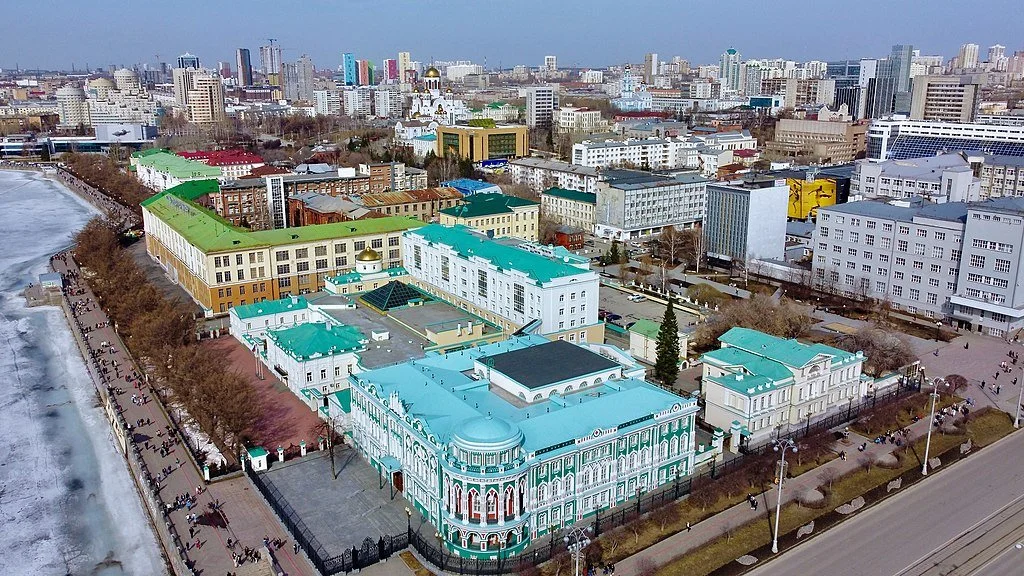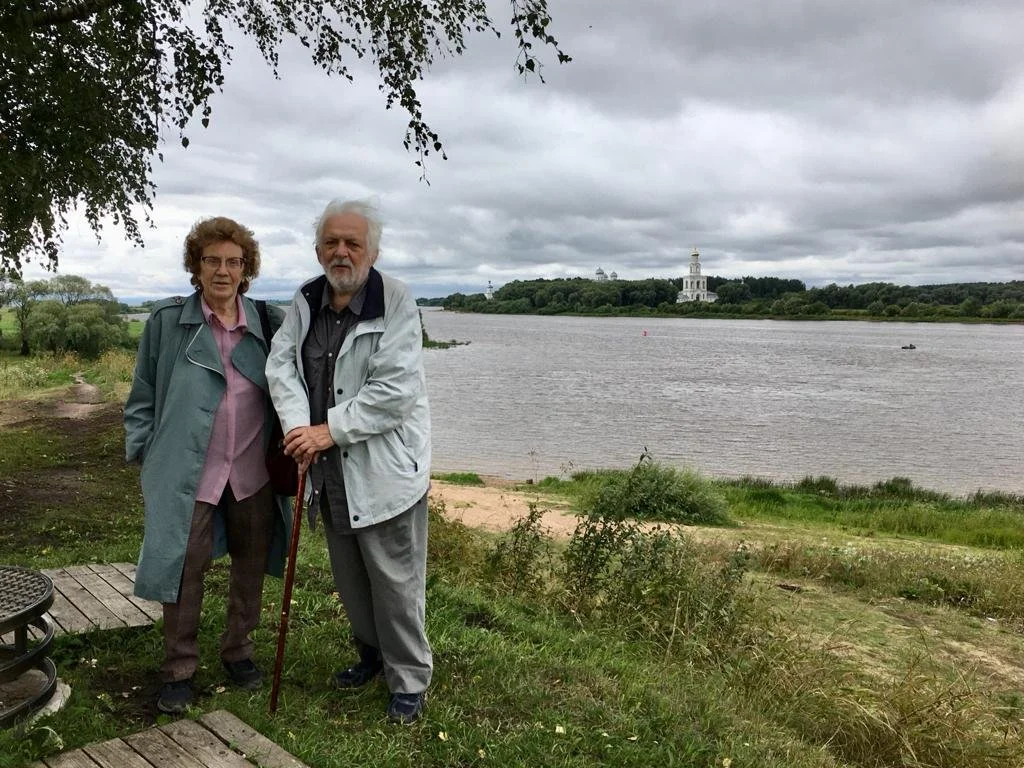Yekaterinburg: Russia Beyond the Narrow Lens
Credit: Vyacheslav Bukharov
A rock band plays a Doors cover song to a crowd in a bar. The singer has dreadlocks, and, with his deep voice, fancies himself a local incarnation of Jim Morrison. The crowd is moving to the rhythms. As everywhere, the women are readier to dance than the men. A normal looking fellow in red plaid shirt gets up on the stage to celebrate the lead singer's birthday. Then he starts to sing and outdoes the main act. With his intensity, this local Iggy Pop blows away the mimicry of Jim Morrison.
This is a bar in the city of Yekaterinburg, the capital of the Urals region of Russia. Yet, it could be a scene in Oklahoma or Tennessee. Indeed, when the band’s vocalist shifted from singing in English to addressing the audience in Russian, my mind maintained the perception that he was still speaking English, so close were the cultural similarities.
Credit: Vyacheslav Bukharov
My exposure to Russians, professionally and as a tourist, has made me feel that the country is somehow deeply similar to its “arch-enemy”, the United States. They both share the open, passionate and direct spirit of the pioneer that is distant from the complicated and more formal West European or the calm demeanour of my compatriots, the Canadians. The similarity, reflected in that bar, reminded me of how Alexis de Tocqueville, the 19th century French observer and philosopher, had predicted that the USA and Russia would be the great powers of the 20th century. He may have based his view on their stage of historical development and continental size, but somehow his prediction also reflected their verve, dynamism, and boundless land.
I had never heard of Yekaterinburg until I was invited to go there by Russian friends, and until my sister told me, “Oh yes, that's where the last Tsar was assassinated”. Indeed, there is a towering Orthodox church, onion domes and all, on the site of the house where he was killed.
Credit: Nikolay Lupandin
Credit: Vyacheslav Bukharov
The architecture of the city is an odd mixture of buildings by Le Corbusier (much more attractive in real life than in sketches), classical 19th century Russian palaces painted in rich and warm pinks and yellows, lean and functional ‘constructivist architecture’ of 20th century government buildings, and the few remaining old wooden houses built of logs and adorned with wood carved like lace, that once populated the city as they did all Russian cities.
This chequered diversity represents in some way the unplanned and confusing history of this immense country. Russia is so much about land - and there is so much land - and Yekaterinburg, not a particularly populous city, spreads out for 50 kilometres in all directions. The city is also dotted with museums and cultural centres. Here in the middle of the Urals, far from New York and Paris, is a lively arts scene with considerable local attendance. My host was born here because his father was the head of the local opera house and ballet company. The classics live on 1680 kilometres from Moscow.
History also lives on in the city in a powerful way, as it does in all of Russia. Here the similarities with the USA end. Unlike in the new world, the past continues to have a profound hold on the present here.
Credit: Vyacheslav Bukharov
I visited the Yeltsin Museum, a monument to the former president who hails from this region. The institution is more of a trek through the last 50 years of Russian politics than a paean to the man. Through the well-presented mosaic of photos and artifacts, we get an impression of Russian political development from Stalin to Yeltsin defying the coup at the White House of Russia in 1991. The rich collection provides a glimpse of the traumas and political challenges Russians have experienced, and how they might well be grateful for a Putin who keeps the country together after its withering past, when it was so often falling apart.
However, this glimpse into the past is nothing compared to the monument to the Stalinist purges outside the city, at a site where thousands were murdered and buried. It is a bleak landscape and is, in some ways, a fittingly spare memorial with its simple record of the names of the dead, including sometimes whole families. It leaves one with a haunting sense of trauma and suffering, of a country that has still not gotten over its catastrophic 20th century: world war, revolution, purges, another world war, a Cold War, the edge of collapse, and today a precarious rise. The traumas that the Russian people have experienced in recent history are possibly unrivalled. But the desire for life asserts itself with contrasts and ironies.
Credit: John Bell
A visit to a Russian cemetery outside the city evinces how life and joy continue even among the dead. Unlike Western cemeteries, which are clearings where the headstones make unquestioned statements, here the tombs all are surrounded by tall pines and birches - the graveyard is literally in the forest. The place is organic and littered with colour. Both and fake and real flowers are strewn about the forest and tombs. Chairs and tables are found around the graves so families can sit and share food and vodka with the dead. It is almost like a scene from a picnic: it is far from morbid.
And then there are the monumental graves of local gangsters. Criminal wars defined the city in the 1990s, and it seems you could hear gunfire in the streets back then. Gangs, organized in the factories of the city such as Ural Mach (short for Ural Machines), fought for profits and control. The result is the graves of dozens of young men gunned down in their 20s and 30s. A mixture of fear, corruption and respect for these miscreants meant the authorities permitted the gangsters to be celebrated in death more than in life.
Another place that affected me was the local icon museum. A learned young woman took us for a tour explaining the icons of the ‘old faith’ - a version of Russian orthodoxy that supported a direct link between the believer and God. These icons were spare, using less gold than we usually associate with icons. Instead, they kept it humble, much like Protestant churches do in the West. However, whether of the old or newer faith, a sense of beauty and order sank deeper and deeper into me with every gaze.
Many of the icons depict a metaphysical hierarchy of laymen, saints, angels, and the divinity. It is an order that many no longer believe in; one that is certainly not de rigueur in the advanced West. Instead, today, we are often obsessed by forms. For example, most of the icons, with the exception of the Virgin Mary, are depictions of white males. However, no matter the sex or race, these were in fact symbols, an attempt at depicting a deeper implicit and invisible hierarchy. Sometimes, we no longer have the mental nimbleness to get beyond the forms to what such images were attempting to exhibit.
Credit: Anton Bogomolov
Nevertheless, this ‘nimbleness’ is demonstrated powerfully by the hands of the men (and women?) who made the strange mixed stone and mineral sculptures of this region. The Ural Mountains are filled with minerals and gems, and the sculptors use their natural colours to create detailed and delicate stone collages of mythological creatures and historical heroes, from Tamerlane with the shadow of death breathing down his neck, to the image of Baba Yaga. The stones and gems are carved down to the smallest detail, the colour of the iris, the fur on a bear, or the feathers of a bird.
At the other end of the scale, Yekaterinburg is known for manufacturing: from the original smelting of iron ore, to tank production in the Second World War, to today’s missile factories. Its people also seemed straightforward and uncomplicated. They are known as tough fighters as the stark black monument to those who died in Afghanistan proclaims. Keeping with the American analogy, the city seemed to me somehow the equivalent of Pittsburgh with its steel industry, or Texas with its independent spirit.
*
Credt: Vyacheslav Bukharov
The day I left, the beginnings of the Siberian winter began to descend on the city - a long and merciless cold season was ahead. I imagined visiting then witnessing its snowy beauty. But one day would be sure to suffice in that bitter season.
What I took away most from this journey was the gap between how we in the West see Russia and Russians - especially through the narrow lens of our media and the warping illusions of politics - and the rich reality that they live. We see a caricature on one side of the screen, while they live a richesse on the other.
Credit: Nikolay Lupandin
In international relations, decisions are made by the few ignoring such culture richness in the name of “interests”. The result is often that oblivious millions are flung to death and conflict, often without the driving vector of “interest” even being achieved. We are still a long way from getting beyond international games that careen the Yekaterinburgs of the world to hells that they would never go to on their own.
In the end, I kept remembering the Russian singer in that bar, using rock music to liberate himself, to feel somehow free, at least for that night. He has the same ambition that we all have: to attain a degree of freedom from our conditioning, cultural or otherwise; to gain a glimpse of a healthier and less troubled world of infinite yet unified diversity; to experience an intelligent universe with greater harmony (and of possibly hidden hierarchies), where our cultures somehow fit together, if imperfectly.
To quote William Blake's expression from which the rock band, The Doors, took their name, the journey to Yekaterinburg was enough to cleanse my ‘doors of perception’, at least for a while.(1) As The Doors’ song goes, we just have to keep trying to “break on through to the other side.”
*
(1) “If the doors of perception were cleansed every thing would appear to man as it is, Infinite. For man has closed himself up, till he sees all things thro' narrow chinks of his cavern.”
This essay was written by John Bell, the Director and a Co-Founder of The Conciliators Guild.











